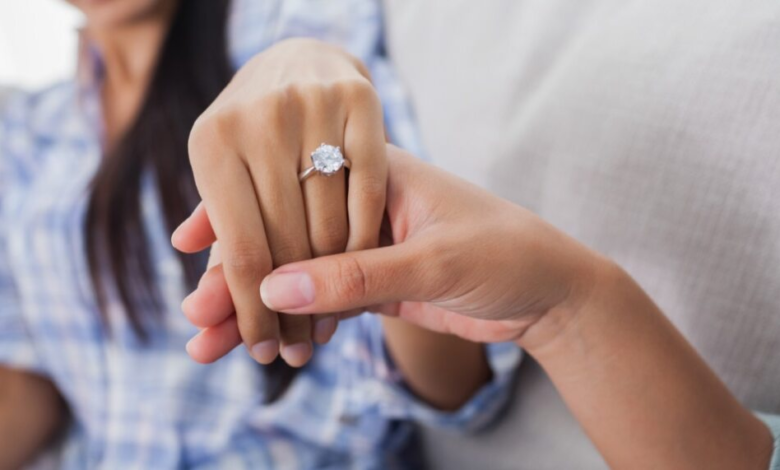Top 5 Myths About Engagement Rings Debunked

Engagement rings hold a special place in the tradition of marriage proposals, symbolizing love, commitment, and the promise of a future together. However, over time, various myths and misconceptions have surrounded engagement rings, leading to confusion and misunderstandings among couples and enthusiasts alike. In this article, we debunk five common myths about engagement rings to provide clarity and insight into this cherished tradition.
Myth 1: The Size of the Diamond Determines Its Value
One of the most pervasive myths about engagement rings is that the size of the diamond directly correlates with its value. While diamond size (carat weight) does affect its price to some extent, it is not the sole factor determining its worth. The value of a diamond is determined by the combination of the 4Cs: cut, color, clarity, and carat weight. A well-cut diamond with excellent clarity and color can be more valuable than a larger diamond with lower quality grades. When choosing an engagement ring, it’s essential to consider the overall quality of the diamond rather than focusing solely on its size.
Myth 2: Engagement Rings Should Cost Two Months’ Salary
Another common myth perpetuated by popular culture is the notion that an engagement ring should cost two months’ salary. This guideline was popularized by diamond companies in the mid-20th century as part of a marketing campaign. In reality, there is no set rule or standard for how much you should spend on an engagement ring. The cost of an engagement ring should align with your financial situation, budget, and personal preferences. It’s more important to choose a ring that holds sentimental value and represents your commitment rather than adhering to arbitrary spending guidelines.
Myth 3: Diamonds Are the Only Option for Engagement Rings
While diamonds are the traditional choice for engagement rings, they are not the only option available. Many couples are opting for alternative gemstones such as sapphires, emeralds, rubies, or even moissanite due to their unique colors and affordability. These gemstones offer a distinctive look and can be just as durable and beautiful as diamonds. Additionally, some couples choose non-traditional materials like platinum, white gold, rose gold, or even recycled metals for their engagement ring settings. The choice of gemstone and metal should reflect your personal style and preferences rather than conforming to traditional norms.
Myth 4: Engagement Rings Should Always Be a Surprise
The idea that engagement rings should always be a surprise is another myth that has evolved over time. While surprise proposals can be romantic and memorable, more couples are opting for a collaborative approach to choosing an engagement ring. Many couples prefer to discuss ring preferences and styles together to ensure that the ring aligns with the recipient’s taste and lifestyle. Collaborative ring shopping allows both partners to feel involved in the decision-making process and ensures that the engagement ring is a perfect representation of their relationship.
Myth 5: Engagement Rings Should Look a Certain Way
There is a misconception that engagement rings should adhere to a specific style or design. In reality, engagement rings come in a wide variety of styles, from classic solitaire settings to intricate halo designs, vintage-inspired rings, and modern geometric shapes. The best engagement ring is one that reflects the personality and preferences of the wearer. Whether you prefer a timeless and elegant ring or a bold and unique design, the choice of engagement ring should be based on what resonates with you and your partner’s individual tastes.
Conclusion
In conclusion, debunking these common myths about engagement rings helps couples make informed decisions when choosing this significant piece of jewelry. By understanding that diamond size doesn’t equate to value, there’s no set amount to spend, alternatives to diamonds are valid choices, collaborative ring shopping can be beneficial, and there’s no one-size-fits-all style, couples can navigate the engagement ring journey with confidence and clarity. Ultimately, the most important aspect of an engagement ring is the love and commitment it symbolizes, regardless of myths or traditions.
In summary, by debunking these myths, couples can focus on what truly matters – finding an engagement ring that embodies their unique love story and signifies the beginning of a new chapter in their lives together.
